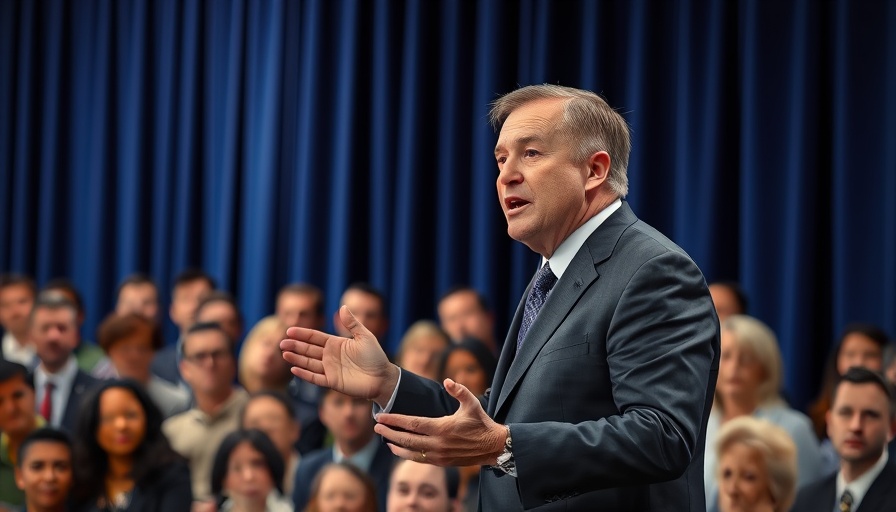
Missouri’s Redistricting Debate: Constitutional Questions Arise
The ongoing discussion surrounding Congressional redistricting in Missouri is heating up, particularly in light of former President Donald Trump's push for additional Republican representation. A seasoned attorney, Chuck Hatfield, has contended that any changes to the current congressional map may violate the Missouri state constitution. His arguments are drawing attention, not just for their legal implications but also for their potential impact on local representation.
The Constitutional Stance: What Does Missouri Law Say?
According to Hatfield, Missouri’s Constitution is clear: redistricting should only occur following the release of new Census data, which defines the current map approved in 2022. The decision to establish six Republican and two Democratic strongholds was significant, especially considering the political climate in which it was created. Hatfield cites the Pearson vs. Koster case as a key precedent, which affirmed that newly drawn districts remain effective for a full decade or until further Census data necessitates change.
The Faces Behind the Map: Local Implications
For St. Louis residents, the potential changes to the congressional districts evoke concerns about local representation. Should a new map be drawn, it would not only shift political power but also influence community voices within the district. The struggle between political ambitions and the nuanced realities of St. Louis's diverse neighborhoods highlights the importance of thoughtful representation that resonates with everyday citizens.
Political Maneuvering: What’s at Stake?
Gov. Mike Kehoe's indecision regarding a special session to redraw the map reflects the complexities involved in this political maneuvering. As Hatfield pointed out, the Republicans may find it challenging to come to a consensus on a 7-1 Republican district plan. “How do you make one district less Republican without ticking off the current representatives?” he asks. This complexity suggests that many local politicians are grappling not just with party lines, but also with the ramifications for their constituents.
Public Sentiment: Voices of the Community
The local populace is closely watching the developments. Many St. Louis residents feel a deep connection to their representatives, and changes to the districts could jeopardize the sense of community they have built. An engaged electorate is essential, and local voices must be heard in this debate. This perspective underscores the importance of grassroots input in political processes—something that often gets overshadowed by party politics.
Reflecting on Historical Context: Lessons from the Past
To understand the gravity of the current situation, it’s helpful to look at historical precedents of redistricting in Missouri. From contentious debates over representation to powerful grassroots organizations, St. Louis has seen it all. These historical insights highlight the vital importance of preserving democratic principles while navigating the complexities of changing political landscapes.
Looking Ahead: What Could Reshape Missouri’s Political Landscape?
The question remains: what could redistricting mean for Missouri going forward, particularly for St. Louis? As we stand at this crossroads, residents must remain informed about the potential shifts in political power and the implications for local policies that affect their everyday lives. Keeping the conversation alive through local events, discussions about constitutional rights, and community forums will be vital.
Your Voice Matters: Engage in the Conversation!
To ensure that every resident’s voice is part of this critical dialogue, St. Louis inhabitants must take action. Attend local town halls, reach out to your representatives, and participate in community discussions. The time to engage is now—don’t let your voice go unheard in the reshaping of your community’s political future.
 Add Row
Add Row  Add
Add 




Write A Comment